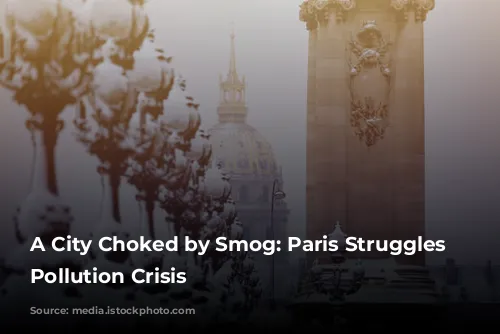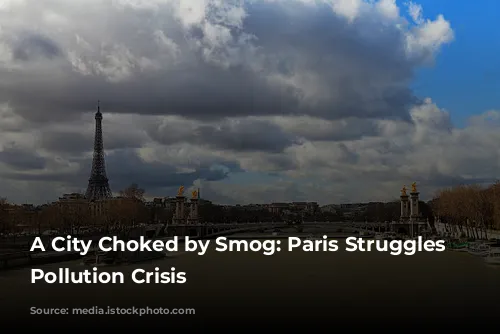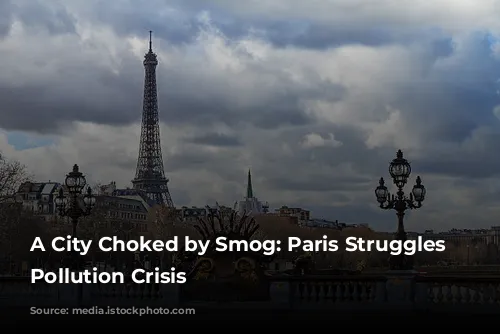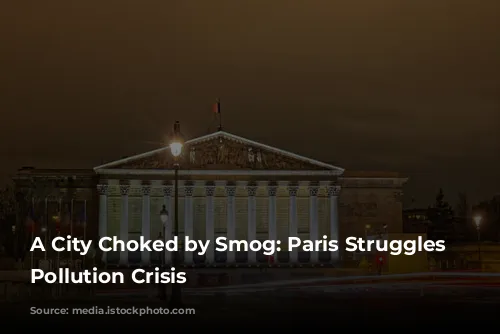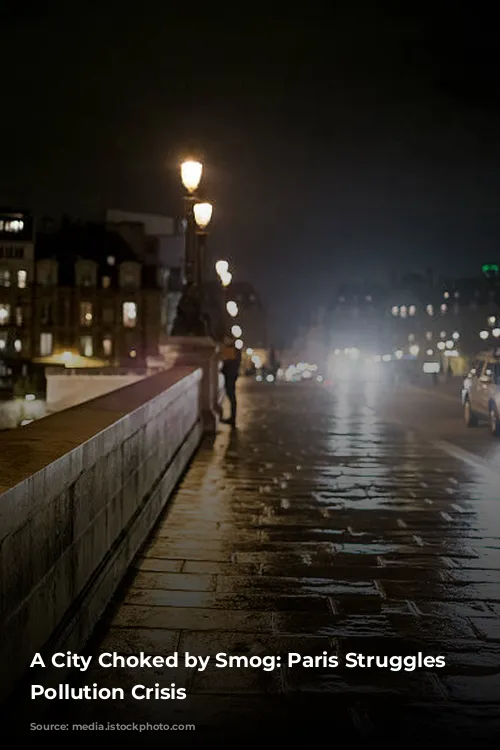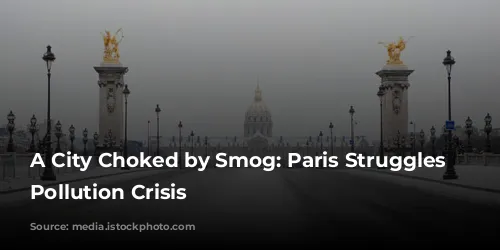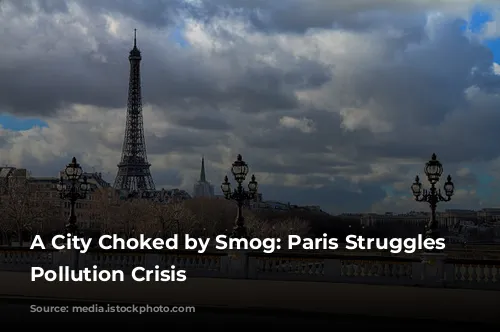Paris, a city known for its romantic ambiance and iconic landmarks, is currently grappling with a severe pollution crisis. The Eiffel Tower, normally a symbol of the city’s beauty, is barely visible through a thick blanket of smog. The City of Light is facing its worst winter pollution in a decade, leaving residents struggling to breathe and authorities scrambling for solutions.
Smog Engulfs the City
Paris, already experiencing a growing pollution problem, has been pushed to the brink of a health crisis due to the combination of frigid weather and stagnant air conditions. Cold temperatures and the absence of wind trap exhaust fumes, smoke from wood-burning fireplaces, and industrial pollutants, creating a hazardous cocktail that hangs over the city.
“Stoppollution,” a campaign launched by the city government, warns residents of the dangers, comparing breathing the air in Paris during this pollution peak to inhaling the smoke of eight cigarettes a day in a confined space.
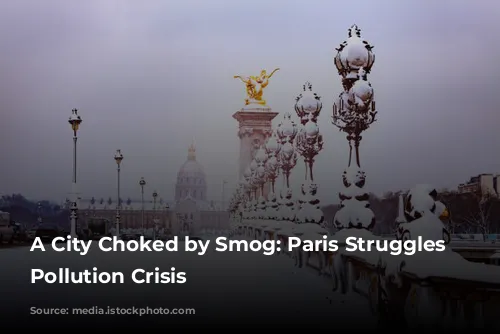
Desperate Measures and Disobedience
Faced with this alarming situation, the city authorities implemented extraordinary traffic control measures, including driving bans for private vehicles on alternate days based on their license plates. However, these measures proved ineffective as many drivers disregarded the restrictions, leading to their suspension over the weekend.
Despite the driving bans, the city offered free public transportation and free access to the Vélib (shared bike service) and Autolib (shared electric car service) to encourage alternative modes of transportation.
Hopeful Signs and Ongoing Concerns
Over the weekend, a slight improvement in air quality was observed due to reduced traffic and the arrival of some wind. However, Airparif, the organization monitoring air quality in the region, cautioned that pollution levels could rise again this week due to persistent weather conditions that trap pollutants.
While extreme weather conditions are expected to ease, Airparif predicts that the concentration of pollutants will remain high. The government is taking the situation seriously, recognizing the severity of the pollution crisis.
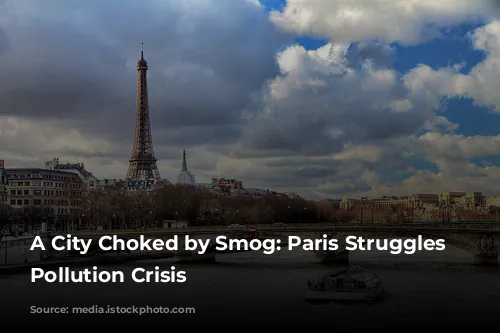
Government Interventions and Future Plans
The French government held a cabinet meeting to address the crisis, where they agreed to extend a “super bonus” of €10,000 to light trucks and taxis seeking to replace their diesel vehicles with electric ones. This complements the existing €10,000 incentive for private individuals and taxis who purchase electric vehicles. Starting January 1st, a bonus of €1,000 will also be offered to buyers of electric scooters.
Paris Mayor Anne Hidalgo has pledged a diesel-free Paris by 2020, outlining the city’s commitment to combating air pollution.
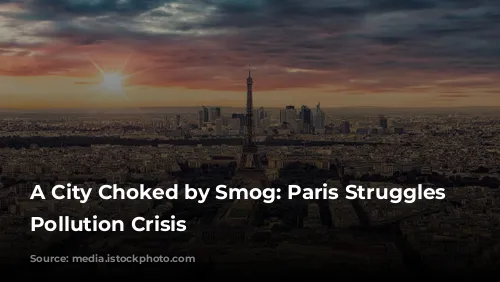
Anti-Pollution Measures and Health Concerns
To further combat pollution, the city government has announced plans to require motorists to display color-coded air-quality certificates on their vehicles, indicating their emissions levels. This measure will become mandatory in the Paris region starting January 16th, allowing authorities to restrict traffic during pollution alerts.
The French Institute of Public Health highlights the severe health consequences of pollution. They estimate that fine-particle pollution causes 48,000 premature deaths annually in France, representing 9% of all deaths.
The Health Minister, Marisol Touraine, has declared a health alert for the Paris region and southeastern France, prompting hospitals to prepare for an influx of patients with respiratory problems. Over 2,000 asthmatic children were treated in Parisian emergency rooms.
The government has issued a warning to residents to limit outdoor activities during periods of high pollution.
The current pollution crisis in Paris serves as a stark reminder of the urgent need to address air pollution, not just in France, but across the globe. As cities around the world grapple with increasing pollution levels, innovative solutions and collective action are essential to protect public health and safeguard our future.
